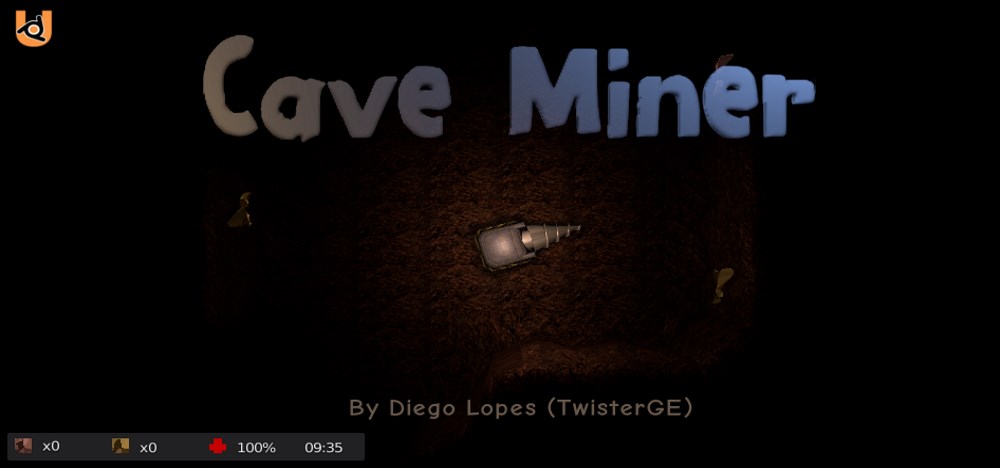A Deeper Look¶
Use Cases¶
UPBGE allows you to create real-time interactive 3D applications or simulations. This allows you to create almost any type of interactive project, like architectural presentations, virtual prototypes for robotic projects, physics simulation projects, simple and complex games, and much more.
Much can be achieved through UPBGE by default, as it provides a blank canvas full of features to be used, and even more can be acomplished by extending these features according to your needs. For example, if you’re working with robotics and needs to send or receive commands through a USB port, you can install the PySerial Python module for use with UPBGE. Or if you need a graphical feature that can’t be acomplished through the default UPBGE’s capabilities, you can write your own OpenGL shaders. The list goes on, and there’s a big chance that the project you aim to can be brought to life with UPBGE, using its features and abilities to be extended.
Sample Games¶
Here are some examples of games made with BGE/UPBGE.

Screenshot from “Engine Roar”, produced with UPBGE.¶

Screenshot from “Cave Miner”, produced with UPBGE.¶

Screenshot from “Dead Cyborg”, produced with Blender Game Engine.¶

Screenshot from “Yo Frankie”, produced with Blender Game Engine.¶
Under The Hood¶
UPBGE oversees a game loop, which processes logic, sound, physics and rendering simulations in sequential order. The engine is written in C++.
By default, the user has access to a powerful and high-level visual logic programming interface. The visual programming in UPBGE provides deep interaction with the simulation, and its functionality can be extended through Python scripting. It is designed to abstract the complex engine features into a simple user interface, which does not require experience with Programming.
UPBGE is closely integrated with the existing code base of Blender, which permits quick transitions between the traditional modeling feature set and game-specific functionality provided by the program. In this sense, the UPBGE can be efficiently used in all areas of game design, from prototyping to final release.
UPBGE can simulate content within Blender, however it also includes the ability to export a binary run-time to Linux, macOS, and MS-Windows.
There are a number of powerful libraries the UPBGE takes advantage of:
Audaspace: A sound library for control of audio. Uses OpenAL or SDL.
Bullet: A physics engine featuring 3D collision detection, soft body dynamics and rigid body dynamics.
Detour: A pathfinding and spatial reasoning toolkit.
Recast: A state of the art navigation mesh construction tool set for games.
Project Development Process¶
When creating a game or simulation in UPBGE, there are four essential steps:
Create visual elements that can be rendered. Usually, 3D models.
Enable interaction within the scene using logic to enable custom behavior and determine how it is invoked.
Create one (or more) camera to give a frustum from which to render the scene, and modify the parameters to support the environment in which the game will be displayed, such as Stereo rendering.
Launch the game, using the internal player or exporting a runtime to the appropriate platform.